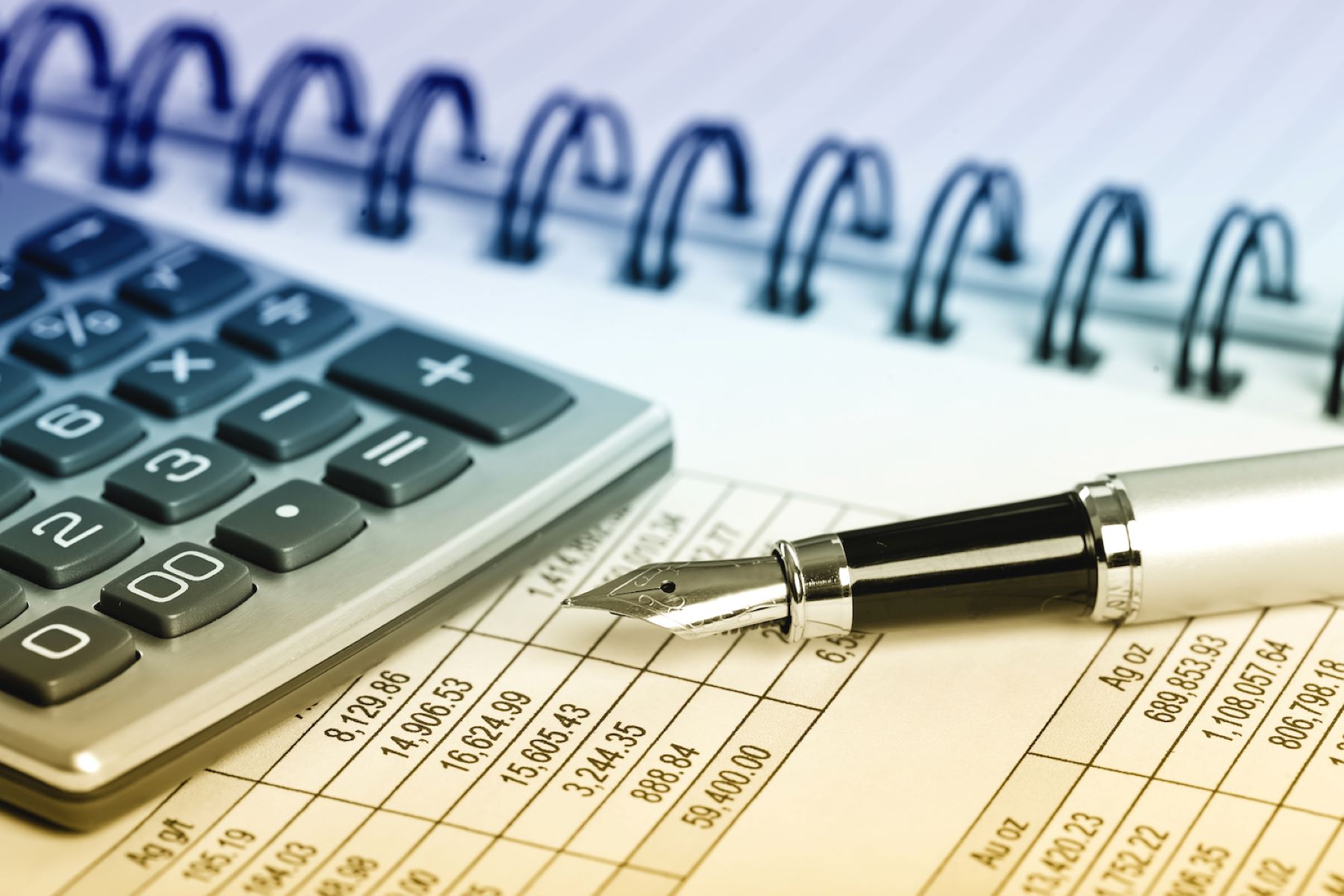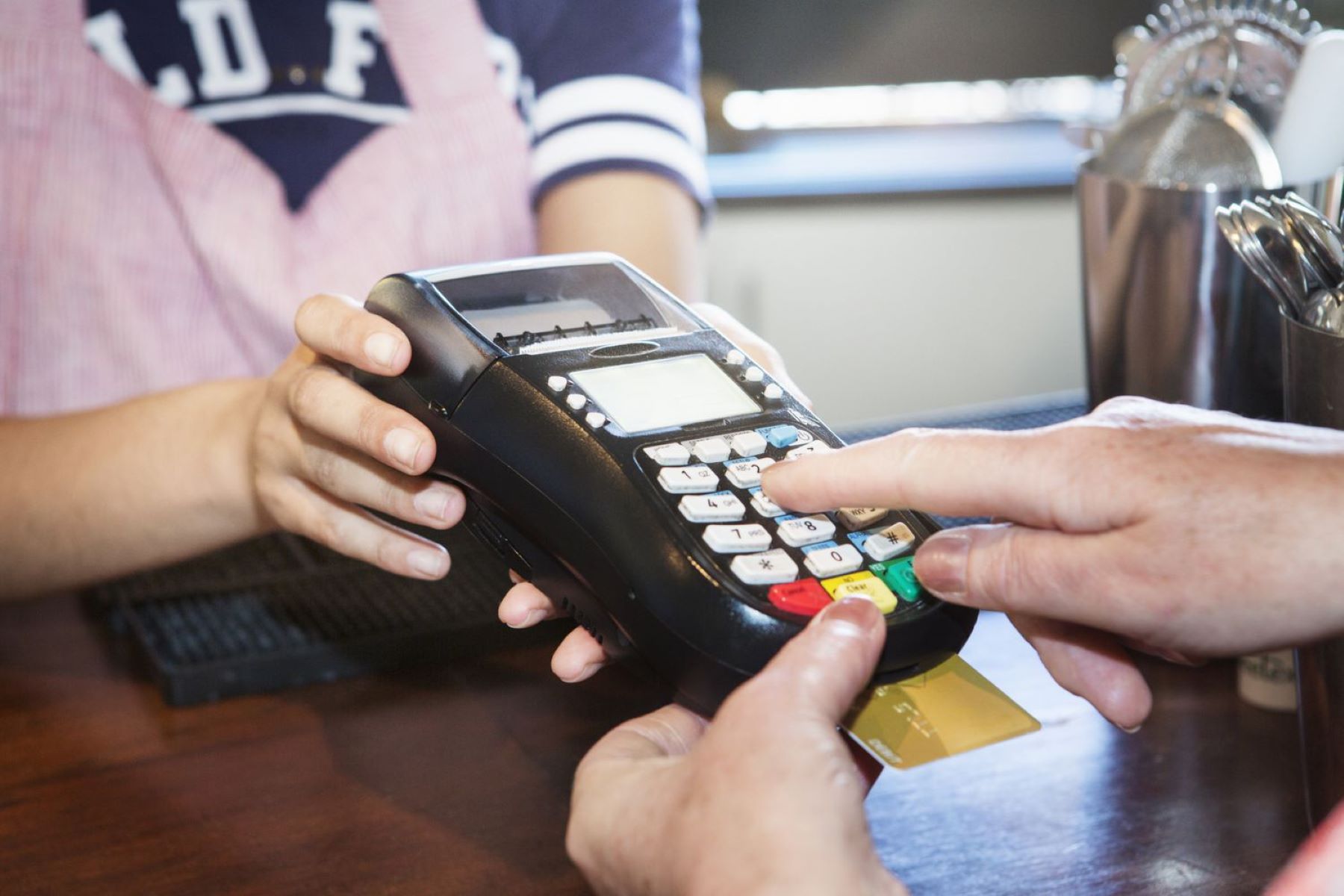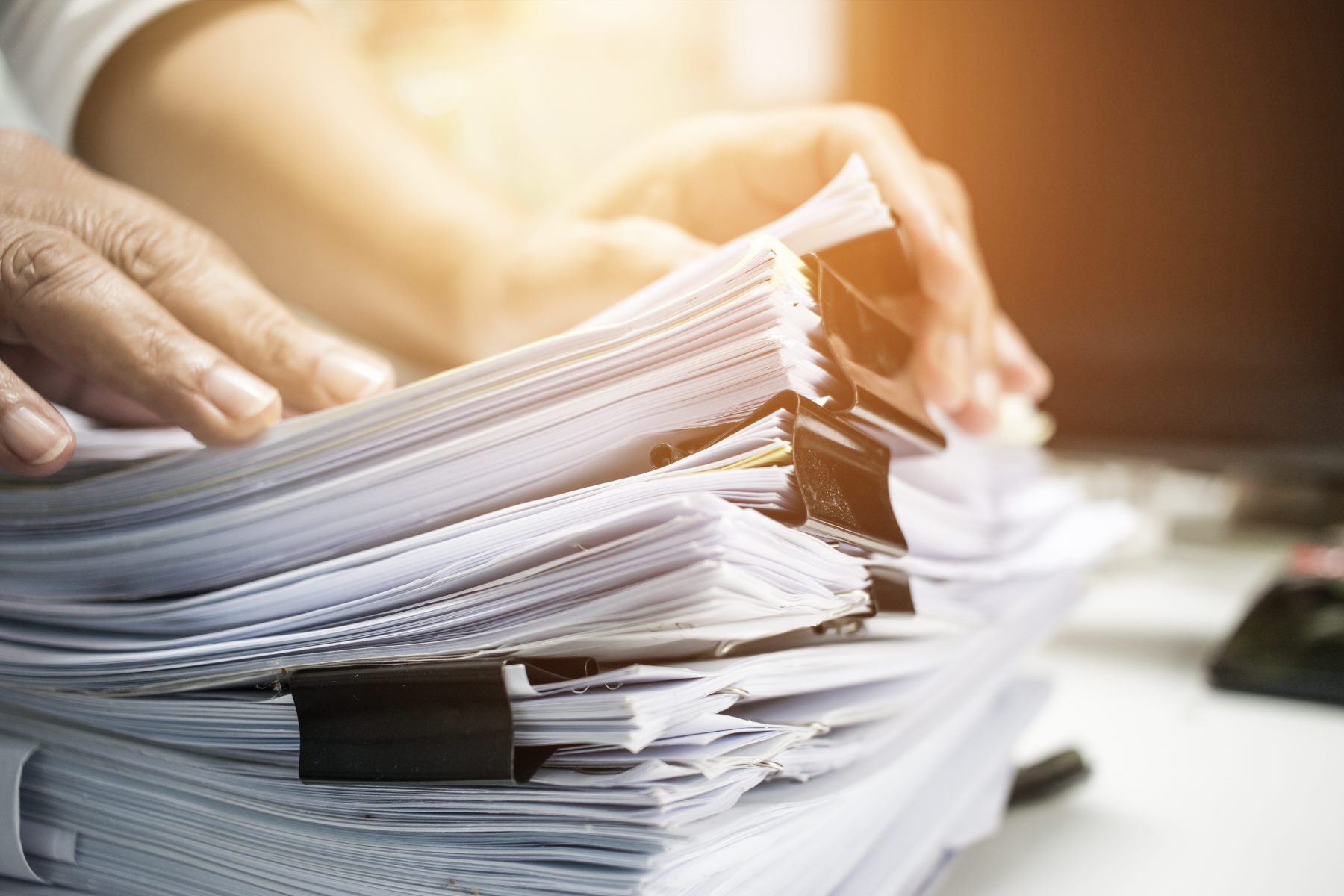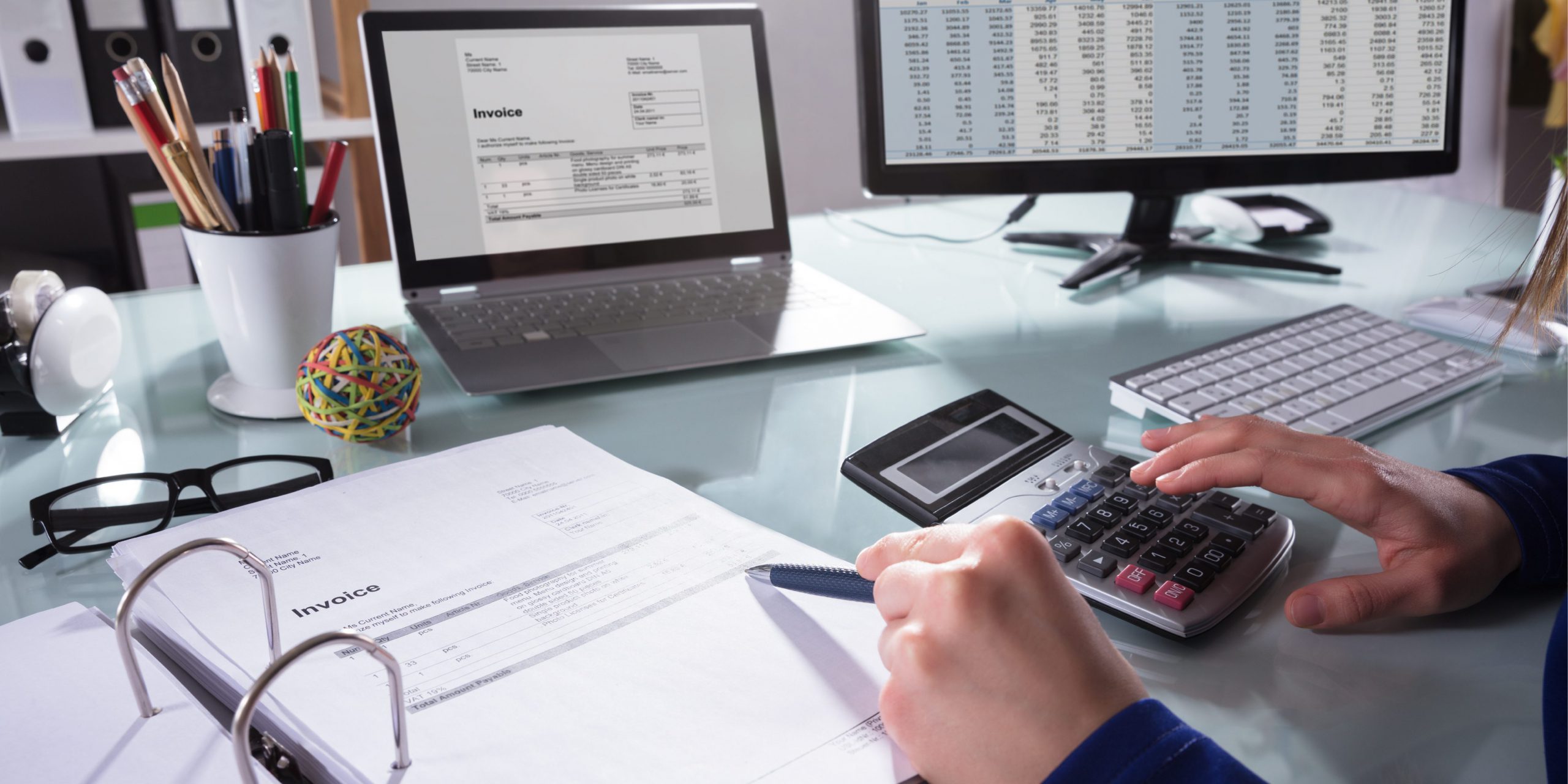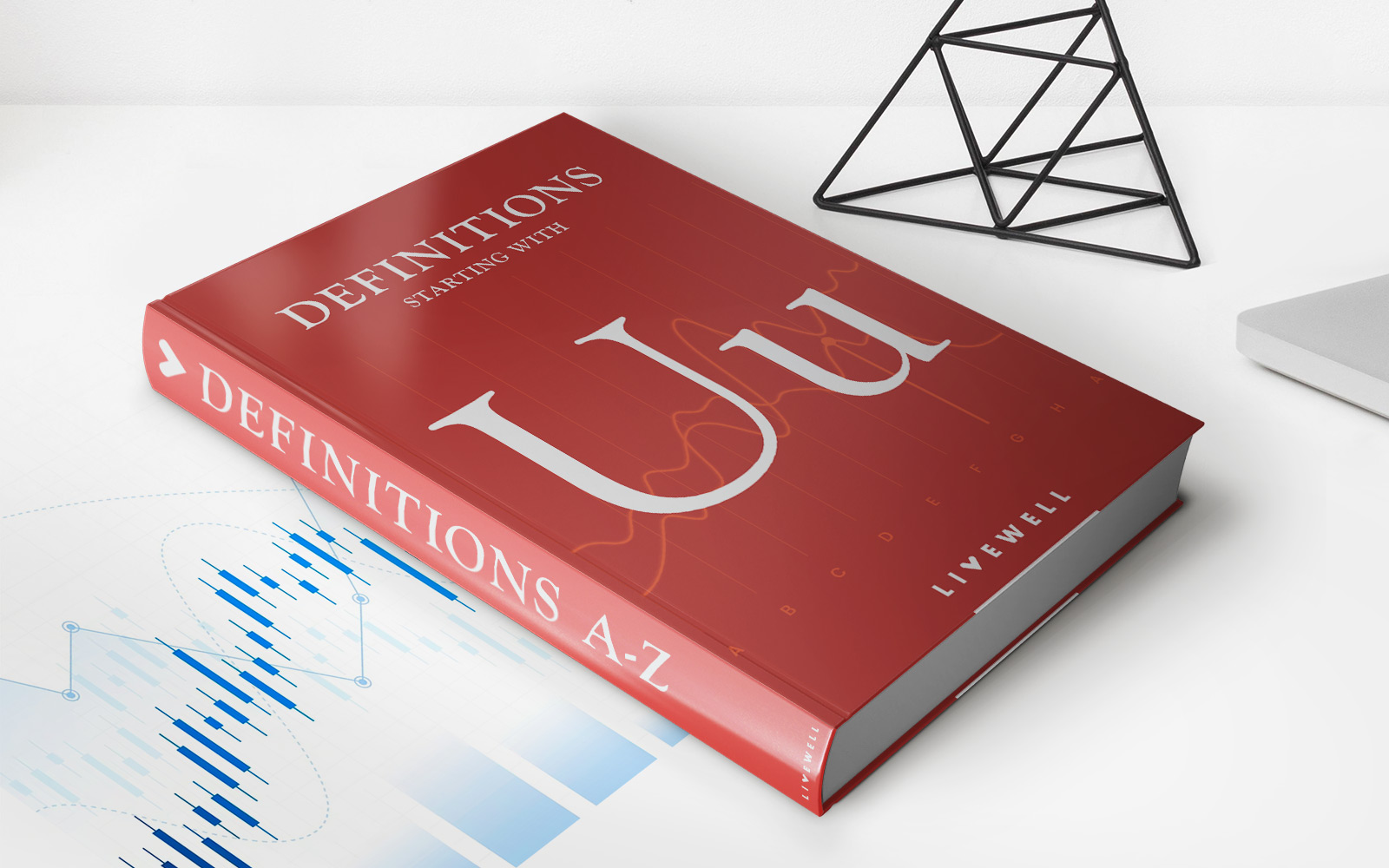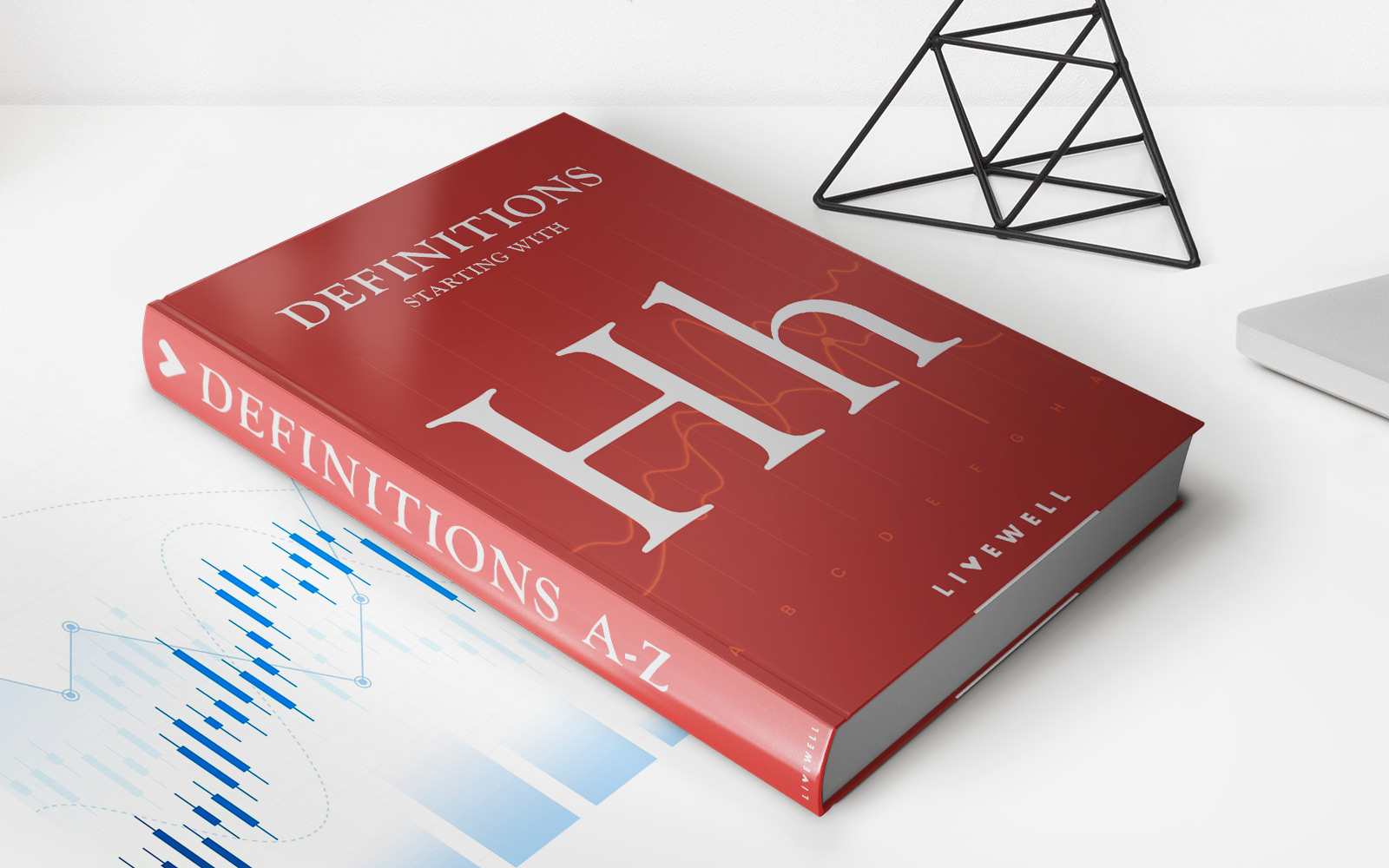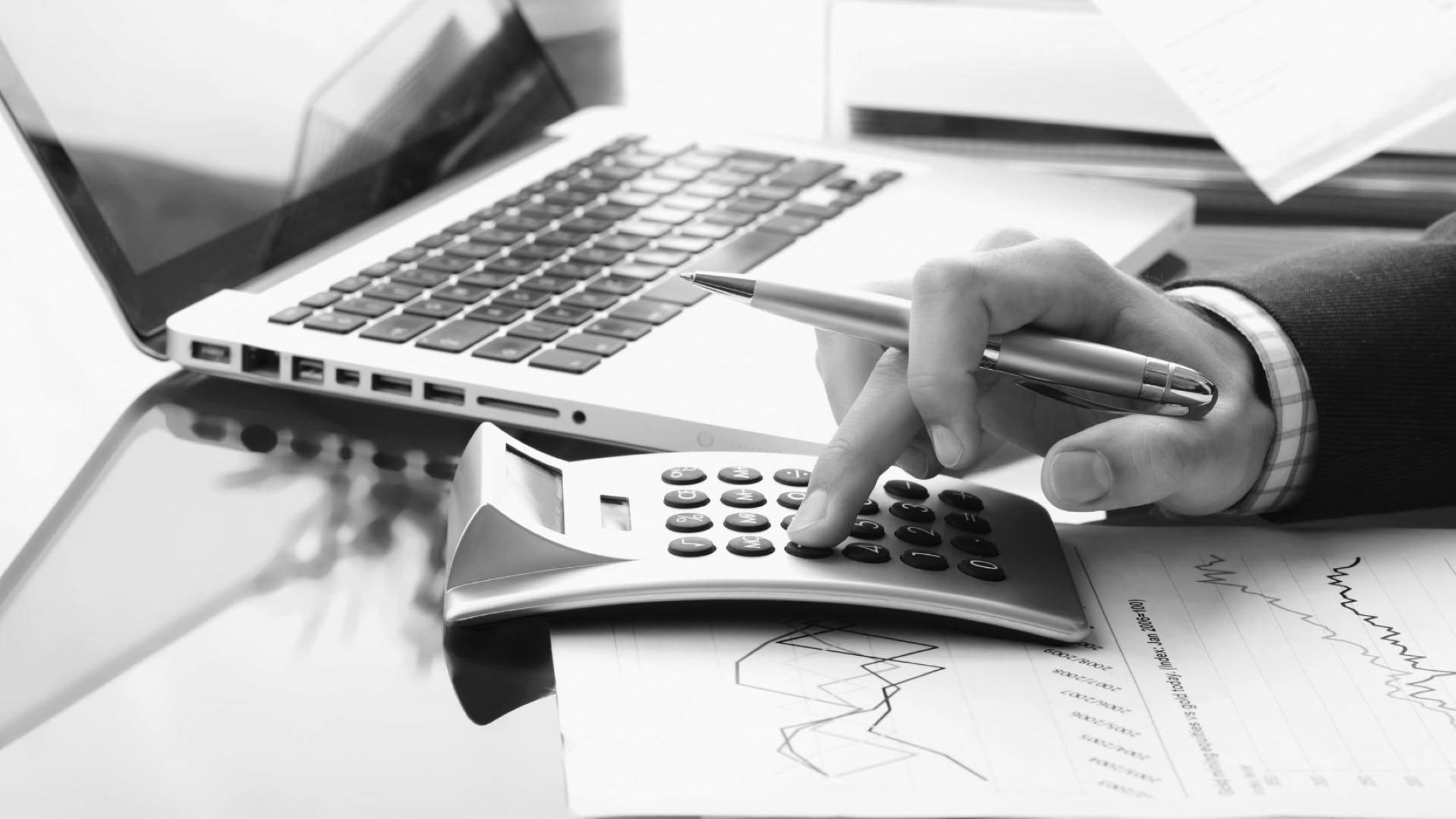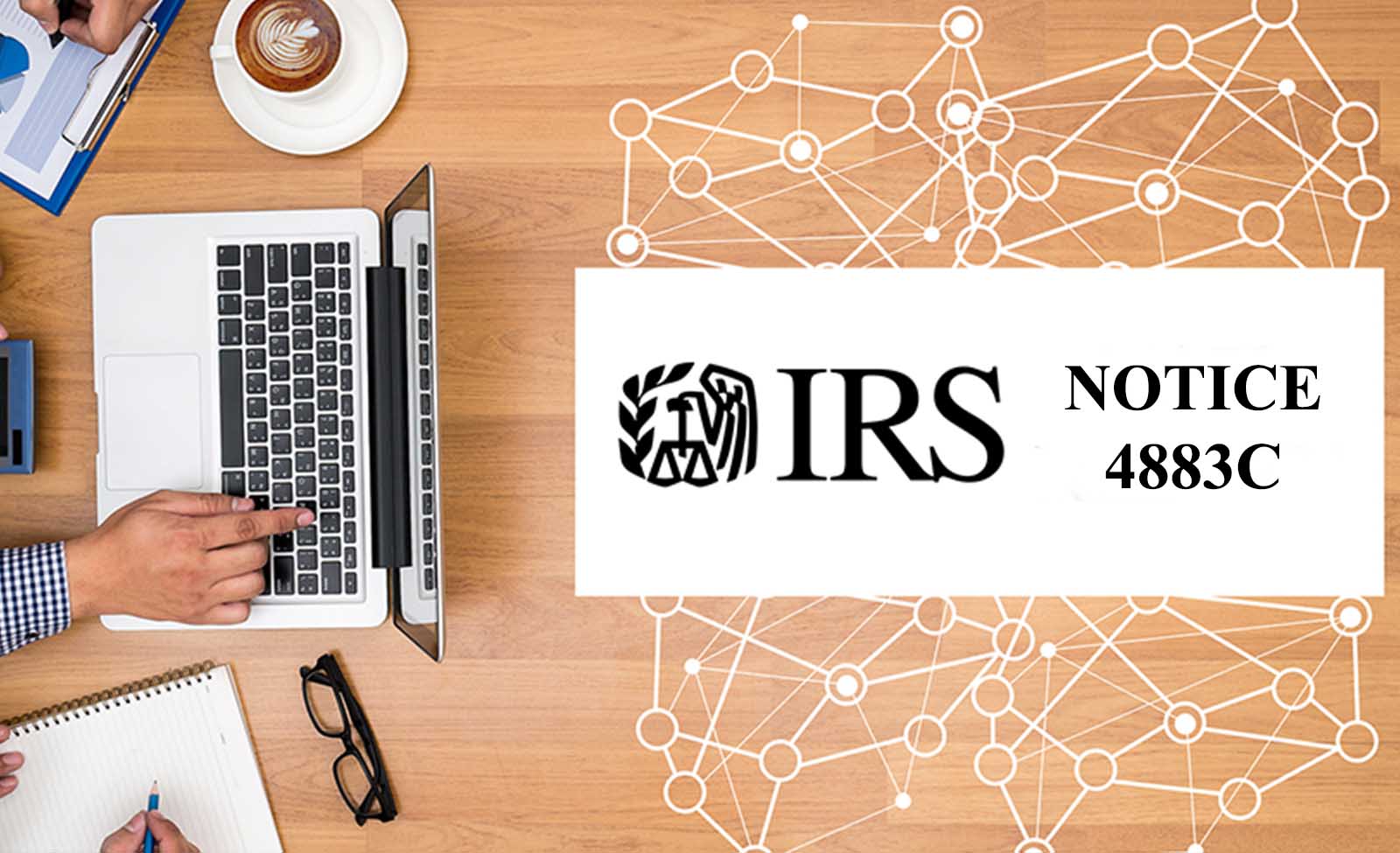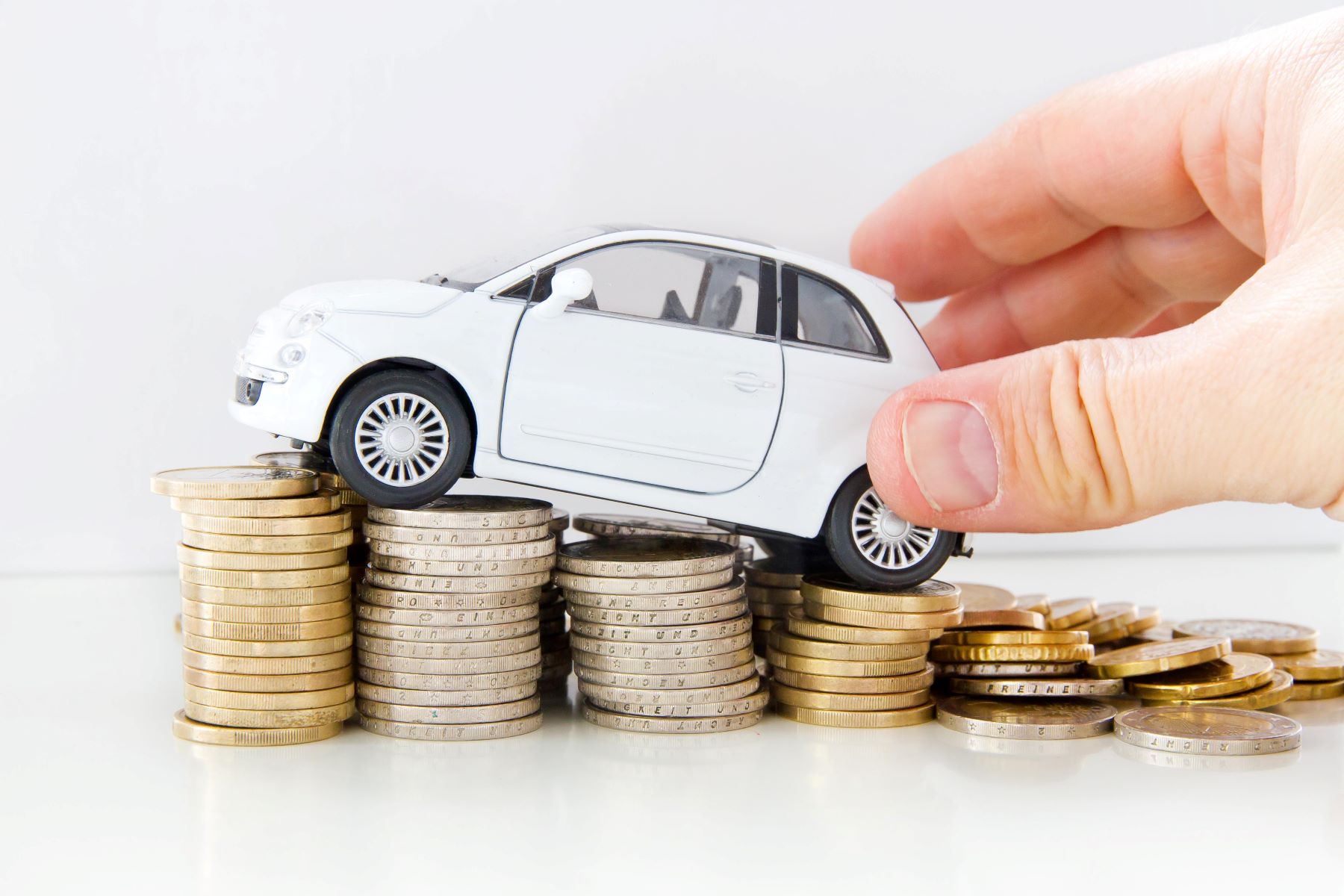

Finance
How To Record A Leased Vehicle In Accounting
Published: October 9, 2023
Learn how to properly record a leased vehicle in your accounting system. Get expert guidance on finance-related aspects to ensure accurate financial reporting.
(Many of the links in this article redirect to a specific reviewed product. Your purchase of these products through affiliate links helps to generate commission for LiveWell, at no extra cost. Learn more)
Table of Contents
- Introduction
- Definition of a Leased Vehicle
- Accounting Treatment for Leased Vehicles
- Leased Vehicle Recording Process
- Determining the Initial Lease Liability
- Recording Lease Payments
- Recognizing Lease Interest Expense
- Calculating and Recording Depreciation Expense for Leased Vehicles
- Amortizing Lease Liability
- Lease Disclosures in Financial Statements
- Conclusion
Introduction
Welcome to this comprehensive guide on how to record a leased vehicle in accounting. Leasing a vehicle can provide businesses with a flexible alternative to purchasing a vehicle outright. However, it’s important to understand the proper accounting treatment for leased vehicles to accurately reflect the financial position of the company.
Leasing a vehicle involves entering into an agreement where the company pays periodic lease payments to the lessor in exchange for the use of the vehicle for a specified period of time. The lessor retains ownership of the vehicle throughout the lease term. From an accounting perspective, leased vehicles are considered long-term assets and have specific rules for their recording and reporting.
In this article, we will explore the accounting treatment for leased vehicles step by step and provide guidance on how to accurately record and report them in your financial statements. This knowledge will help you adhere to generally accepted accounting principles (GAAP) and ensure accurate financial reporting.
Properly accounting for leased vehicles is essential as it affects multiple financial statement elements such as assets, liabilities, expenses, and cash flows. By understanding the accounting process, you can accurately reflect the financial impact of leasing on your company’s financial statements and make informed business decisions.
Throughout this guide, we will emphasize both the accounting principles and the practical steps involved in recording leased vehicles. This will enable you to apply the concepts effectively to your specific business scenario.
Now, let’s dive into the details of how to record a leased vehicle in accounting and gain a deeper understanding of each step in the process.
Definition of a Leased Vehicle
Before we delve into the accounting treatment for leased vehicles, let’s start by defining what a leased vehicle is. A leased vehicle is a vehicle that a company obtains the right to use for a specific period of time by entering into a lease agreement with a lessor.
Under a lease agreement, the lessor retains ownership of the vehicle while the lessee (the company leasing the vehicle) pays the lessor periodic lease payments in exchange for the use and enjoyment of the vehicle. The lease period can vary, ranging from a few months to several years, depending on the terms of the agreement.
Leased vehicles can be a cost-effective option for businesses as they provide flexibility and eliminate the need for a large upfront investment in purchasing a vehicle. Moreover, leasing allows companies to have access to newer models and technology without the hassle of depreciation or the need for long-term ownership.
It’s important to note that there are two main types of leases: operating leases and finance leases. The classification of the lease determines the accounting treatment. An operating lease is similar to renting, where the lessee does not assume ownership of the vehicle and the lease period is usually shorter. On the other hand, a finance lease is more like a loan, where the lessee is responsible for a substantial portion of the vehicle’s useful life and assumes the risks and rewards of ownership.
Now that we have established the definition of a leased vehicle and the types of leases, we can move on to understanding the proper accounting treatment for leased vehicles.
Accounting Treatment for Leased Vehicles
The accounting treatment for leased vehicles depends on the classification of the lease as either an operating lease or a finance lease. Let’s explore the accounting treatment for each type:
- Operating Lease: In an operating lease, the leased vehicle is treated as an operating expense. The lease payments are recorded as a rental expense in the income statement and do not impact the balance sheet. The vehicle is not recognized as an asset, and there is no corresponding liability recorded. This treatment allows the lessee to deduct the lease payments as an operating expense for tax purposes.
- Finance Lease: A finance lease is treated as both an asset and a liability on the balance sheet. The leased vehicle is recorded as a fixed asset and the present value of the lease payments is recorded as a liability. This treatment recognizes the lessee’s right to use the vehicle as well as the corresponding obligation to make lease payments. The leased vehicle is depreciated over its useful life, and the interest expense on the lease liability is recognized in the income statement. The principal portion of the lease payments is used to reduce the lease liability on the balance sheet.
It is important to properly classify the lease as either an operating lease or a finance lease, as this determines the appropriate accounting treatment. The classification is based on certain criteria such as the length of the lease, the transfer of ownership at the end of the lease term, and the present value of the lease payments compared to the fair value of the asset being leased.
It is recommended to consult with an accounting professional or refer to accounting standards such as the International Financial Reporting Standards (IFRS) or the Generally Accepted Accounting Principles (GAAP) in your jurisdiction to ensure compliance with the applicable accounting rules for leased vehicles.
Now that we have explored the accounting treatment for leased vehicles, let’s move on to understanding the process of recording a leased vehicle in accounting.
Leased Vehicle Recording Process
The process of recording a leased vehicle in accounting involves several steps to ensure accurate and compliant financial reporting. Let’s go through each step in detail:
- Determining the Initial Lease Liability: When a finance lease is entered into, the first step is to determine the initial lease liability. This is the present value of the lease payments over the lease term discounted at the appropriate interest rate.
- Recording Lease Payments: Lease payments are typically made on a periodic basis, such as monthly or quarterly. Each lease payment should be recorded by debiting the lease liability and crediting cash or accounts payable.
- Recognizing Lease Interest Expense: As the lease liability is being repaid, interest expenses on the outstanding lease liability should be recognized in the income statement. This is done by multiplying the outstanding lease liability at the beginning of the period by the lease interest rate.
- Calculating and Recording Depreciation Expense for Leased Vehicles: The leased vehicle is depreciated over its useful life, reflecting the wear and tear and reduction in its value over time. Depreciation expense should be calculated based on a suitable depreciation method and recorded in the income statement. The corresponding entry involves debiting depreciation expense and crediting accumulated depreciation.
- Amortizing Lease Liability: The lease liability should be gradually reduced over time as lease payments are made. The principal portion of each lease payment should be used to reduce the lease liability. The corresponding entry involves debiting the lease liability and crediting the cash or accounts payable, representing the principal repayment.
It’s important to remember that the above steps are specific to finance leases. For operating leases, only lease payments are recorded as rental expense, and there is no corresponding asset or liability.
By following this recording process, you can accurately reflect the financial impact of leased vehicles on your company’s financial statements and comply with accounting standards and reporting requirements.
Now that we have covered the process of recording leased vehicles, let’s move on to understanding some specific aspects of accounting for these vehicles, such as lease interest expense and depreciation expense.
Determining the Initial Lease Liability
When recording a leased vehicle in accounting, one of the crucial steps is determining the initial lease liability. The initial lease liability represents the present value of the lease payments over the lease term. This value is computed by discounting the future lease payments at the appropriate interest rate.
To determine the initial lease liability, the following steps can be followed:
- Gather Lease Information: Collect all the necessary information related to the lease, including the lease term, lease payments, lease interest rate, and any other relevant terms and conditions.
- Calculate Present Value: Using the lease information, compute the present value of the lease payments. This involves discounting the future cash flows using the appropriate interest rate. The interest rate used for discounting is typically the lessee’s incremental borrowing rate, which is the rate at which the lessee could borrow funds to purchase the leased asset.
- Record Initial Lease Liability: Once the present value of the lease payments is determined, record the initial lease liability on the balance sheet. The lease liability should be classified as a long-term liability since the lease term typically exceeds one year.
It’s important to note that the initial lease liability should be recognized at the commencement date of the lease. Any lease payments made in advance or at the inception of the lease should be adjusted for the timing difference between the payment and the commencement date.
Accurately determining the initial lease liability is crucial as it sets the foundation for subsequent accounting entries related to lease payments, lease interest expense, and the amortization of the lease liability.
It’s recommended to consult with an accounting professional or refer to accounting standards such as the International Financial Reporting Standards (IFRS) or the Generally Accepted Accounting Principles (GAAP) to ensure the correct calculation and recording of the initial lease liability.
Now that we have explored how to determine the initial lease liability, let’s proceed to understand how lease payments are recorded in the accounting system.
Recording Lease Payments
Once the initial lease liability has been determined and recorded, the next step in the accounting process for leased vehicles is to record the lease payments. Lease payments are typically made on a periodic basis, such as monthly or quarterly, and need to be accurately recorded to reflect the financial impact of the lease on the company’s financial statements.
When recording lease payments, the following steps should be followed:
- Identify the Lease Payment Amount: Determine the amount of each lease payment. This information is typically outlined in the lease agreement and includes the base lease payment as well as any additional charges or fees.
- Calculate Principal and Interest Components: Separate lease payments into their principal and interest components. The interest portion represents the finance charge, while the principal portion represents a reduction in the lease liability.
- Record Lease Payments: Record each lease payment by debiting the lease liability for the principal portion and crediting either cash or accounts payable. This entry reflects the reduction in the lease liability and the corresponding cash outflow.
- Separately Record Interest Expense: Recognize the interest portion of the lease payment as lease interest expense. This expense should be recorded in the income statement to reflect the cost of borrowing the leased asset.
It’s important to accurately allocate the lease payments between principal and interest components to ensure the correct recording of both the lease liability reduction and the interest expense. This helps in maintaining accurate financial records and complying with accounting standards.
Recording lease payments on time and accurately is essential for maintaining the integrity of financial statements. It also helps companies monitor their lease obligations and make informed decisions regarding future lease arrangements.
Now that we have covered the recording of lease payments, let’s turn our attention to recognizing lease interest expense in the income statement.
Recognizing Lease Interest Expense
As part of the accounting treatment for leased vehicles, it is important to recognize the lease interest expense. This expense represents the cost of borrowing the leased asset and should be recorded in the income statement.
To recognize lease interest expense, consider the following steps:
- Determine the Outstanding Lease Liability: Calculate the remaining balance of the lease liability at the beginning of each accounting period. This amount represents the principal amount yet to be paid.
- Apply the Lease Interest Rate: Multiply the outstanding lease liability by the lease interest rate to determine the interest expense for the period. The lease interest rate is typically expressed as an annual rate and is outlined in the lease agreement or derived from the lessee’s incremental borrowing rate.
- Record Lease Interest Expense: Recognize the lease interest expense in the income statement by debiting lease interest expense and crediting a corresponding interest payable or accrued interest account.
By recognizing lease interest expense, companies reflect the financial cost of borrowing the leased asset and properly allocate it over the lease term. This helps in accurately reporting the company’s financial performance.
It is important to note that lease interest expense is calculated based on the outstanding lease liability at the beginning of each period. As the lease liability reduces over time through lease payments, the interest expense also decreases.
Accurately recognizing lease interest expense is crucial for providing a complete and transparent view of a company’s financial position and results of operations. It ensures compliance with accounting standards and enhances the comparability of financial statements across different entities.
Now that we have covered the recognition of lease interest expense, let’s proceed to understand how to calculate and record the depreciation expense for leased vehicles.
Calculating and Recording Depreciation Expense for Leased Vehicles
When recording a leased vehicle in accounting, it is important to calculate and record the depreciation expense. Depreciation expense represents the systematic allocation of the leased vehicle’s cost over its useful life.
To calculate and record depreciation expense for leased vehicles, follow these steps:
- Determine the Useful Life of the Leased Vehicle: Estimate the expected useful life of the leased vehicle. This estimation is based on various factors such as the vehicle’s age, condition, and industry standards.
- Allocate the Cost of the Leased Vehicle: Allocate the cost of the leased vehicle over its useful life. This is done by dividing the total cost of the leased vehicle, including any additional costs such as installation or transportation, by the estimated useful life.
- Record Depreciation Expense: Recognize the depreciation expense in the income statement by debiting the depreciation expense account and crediting the accumulated depreciation account. This entry reflects the reduction in the value of the leased vehicle over time.
The straight-line method is commonly used to calculate depreciation expense for leased vehicles. However, other depreciation methods, such as the declining balance or units of production method, can also be used depending on the circumstances.
It’s important to note that the leased vehicle’s residual value, which is the estimated value at the end of its useful life, should be considered when calculating depreciation expense. The total depreciation expense should be adjusted to exclude the residual value.
By calculating and recording depreciation expense for leased vehicles, companies accurately distribute the cost of the leased asset over its expected lifespan. This helps in reflecting the true value of the leased vehicle and complying with accounting principles.
It’s crucial to review and assess the estimated useful life periodically and adjust the depreciation expense accordingly if there are significant changes in the lease terms or the condition of the leased vehicle.
Now that we have covered the calculation and recording of depreciation expense, let’s move on to understanding the amortization of the lease liability.
Amortizing Lease Liability
Amortizing the lease liability is a crucial step in the accounting process for leased vehicles. It involves gradually reducing the lease liability over time as lease payments are made, reflecting the repayment of the principal amount borrowed to finance the leased asset.
To amortize the lease liability, follow these steps:
- Determine the Principal Portion of Lease Payments: Separate the lease payments into their principal and interest components. The principal portion represents a reduction in the lease liability.
- Record Principal Repayments: Each time a lease payment is made, record the principal portion of the payment by debiting the lease liability and crediting either cash or accounts payable. This entry reflects the decrease in the outstanding lease liability balance.
It’s important to emphasize that the principal portion of the lease payments should be properly allocated to the reduction of the lease liability. This helps in accurately reflecting the repayment of the borrowed funds and maintaining accurate financial records.
The amortization of the lease liability plays a crucial role in financial reporting as it affects the balance sheet and cash flow statement. The reduction in the lease liability over time reflects the company’s decreasing obligation to the lessor.
Properly amortizing the lease liability also ensures compliance with accounting standards and provides a true and fair view of the company’s financial position. It helps in accurately reporting the company’s outstanding obligations and evaluating its financial health.
It’s important to review and reconcile the lease liability balance regularly to ensure consistency with the principal repayments made and to adjust the amortization schedule if there are any changes in the lease terms.
Now that we have covered the amortization of the lease liability, let’s proceed to the importance of lease disclosures in financial statements.
Lease Disclosures in Financial Statements
In addition to recording and reporting leased vehicles in the balance sheet and income statement, companies are also required to provide lease disclosures in their financial statements. These disclosures provide additional information about the company’s lease arrangements, helping users of the financial statements to better understand the nature and extent of the leasing activities.
When it comes to lease disclosures, several key aspects should be considered:
- Nature of Leases: Disclose the nature of the company’s leasing arrangements, including the types of leases (operating or finance) and significant lease terms and conditions.
- Lease Assets and Liabilities: Provide information about the leased assets and associated lease liabilities, including the carrying amounts, useful lives, and any restrictions or commitments related to the use of the leased assets.
- Lease Payments: Disclose information about the future lease payments, including the timing and amounts of expected cash outflows over various periods.
- Significant Assumptions and Judgments: Identify any significant assumptions and judgments made in determining the lease terms, discount rates, or any impairments or remeasurements related to the leased assets.
- Contingencies: Disclose any contingent rentals or lease incentives and their potential impact on future lease payments.
- Related-party Transactions: If the company has any lease transactions with related parties, provide additional disclosures about the nature of the relationship and the terms and conditions of the leases.
- Other Disclosures: Depending on accounting standards and regulations applicable in the jurisdiction, additional disclosures may be required, such as disclosures related to subleases, sale and leaseback transactions, or any lease modifications.
Lease disclosures aim to provide transparency and enhance the usefulness of financial statements. They help stakeholders, such as investors, lenders, and analysts, to assess the company’s lease commitments and their potential impact on future cash flows and financial performance.
It’s important for companies to adhere to relevant accounting standards, such as the International Financial Reporting Standards (IFRS) or the Generally Accepted Accounting Principles (GAAP), when disclosing lease information in their financial statements.
By providing comprehensive and accurate lease disclosures, companies demonstrate their commitment to transparency and provide stakeholders with valuable information for decision-making.
Now that we have covered the importance of lease disclosures, let’s conclude our guide on recording leased vehicles in accounting.
Conclusion
Properly recording and reporting leased vehicles in accounting is essential for accurately reflecting a company’s financial position and complying with accounting standards. Whether it is an operating lease or a finance lease, understanding the accounting treatment and following the correct procedures is crucial.
In this comprehensive guide, we have covered the key aspects of recording leased vehicles in accounting, including the definition of a leased vehicle, the accounting treatment for different types of leases, and the step-by-step process for recording lease transactions.
We discussed the importance of determining the initial lease liability and accurately recording lease payments. We also highlighted the significance of recognizing lease interest expense and calculating and recording depreciation expense for the leased vehicles. Moreover, we explored the process of amortizing the lease liability and the necessary lease disclosures in financial statements.
Adhering to accounting principles, such as the International Financial Reporting Standards (IFRS) or the Generally Accepted Accounting Principles (GAAP), is vital when recording leased vehicles in accounting. It ensures consistency, accuracy, and transparency in financial reporting.
By following the guidelines provided in this guide, companies can properly account for leased vehicles, providing a true and fair view of their financial statements. This enables stakeholders to make informed decisions based on reliable information.
However, it is important to note that accounting standards and regulations may vary across jurisdictions. Therefore, it is advisable to consult with accounting professionals or refer to the appropriate accounting standards specific to your jurisdiction.
Recording leased vehicles in accounting involves both technical knowledge and attention to detail. With a thorough understanding of the accounting treatment and following the proper procedures, companies can effectively manage their leased assets and present accurate financial information.
Considering the significant financial impact of leased vehicles on businesses, it is crucial to prioritize the appropriate and accurate accounting treatment. By doing so, companies can ensure compliance with accounting standards, make informed business decisions, and present a true representation of their financial position to stakeholders.

